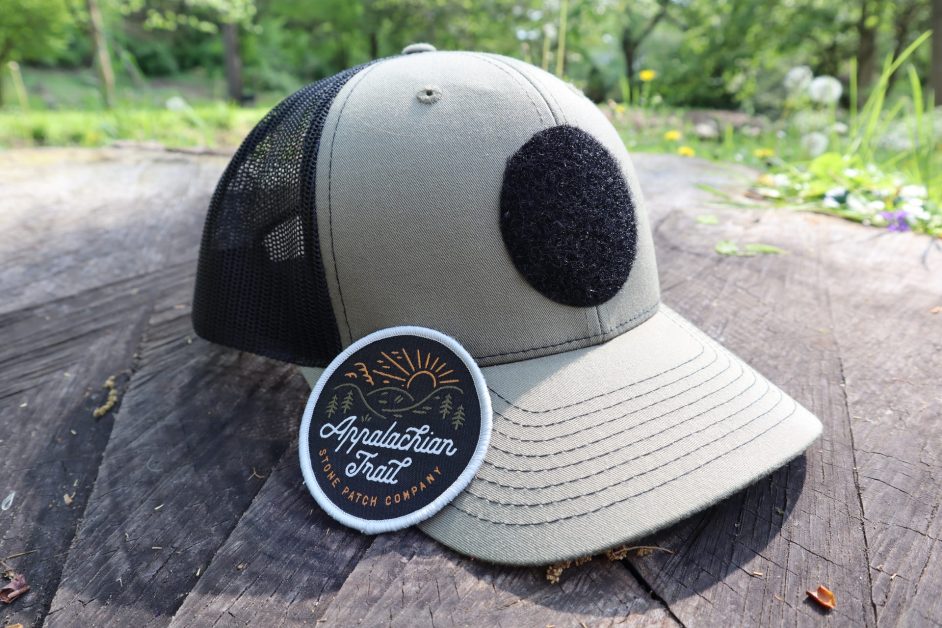Velcro is a useful material that is widely used around the world to make clothing and personal accessories. It is also used in manufacturing and the automotive industry, but is Velcro biodegradable? We find out in this article.
What is Velcro?
Velcro is a product that is used to fasten to pieces of material together. It was originally invented in the 1950s as a solution for removing cockleburs from clothing.
It works as a hook and loop system with one part of the Velcro fastener hooking itself onto the other to attach two pieces of fabric together. One side contains hooks while the other side is made up of tiny loops.
Both the hook and loop part of Velcro is made from nylon and a small quantity of polyester and vinyl. The nylon used to make the hooks is molded under a heat lamp, while the loops are made from matted nylon fibers.
Nylon is a synthetic material and is basically a type of plastic. Plastic, as we know, is produced by refining crude oil into petroleum.
Is Velcro Biodegradable?
No, it isn’t. As Velcro is made from synthetic plastics, it is not biodegradable. Plastics like nylon can take thousands of years to completely biodegrade.
If Velcro did biodegrade, it would potentially become hazardous to the environment due to the chemicals and additives used to make it, as these chemicals would be released as it breaks down.
Is Velcro Eco Friendly?
Nylon is a synthetic material, which means that it is created by a chemical process.
Synthetic materials are usually created by using petroleum or crude oil as the base product and then refining it to produce another chemical or material.
Crude oil is produced naturally through fossilisation, but is non-renewable. The process of drilling, extracting and then refining crude oil is also very harmful to the environment. Much of this harm occurs through habitat destruction and pollution.
Refining crude oil consumes a lot of energy and also produces air pollution due to the chemicals and waste products like NOx and co2 emitted into the environment.
Neither the harvesting of the raw materials used to create Velcro or their refinement is environmentally friendly. Since Velcro is made of nylon and is a form of plastic, it is not eco-friendly either.
Is Velcro Sustainable?
Velcro are a company who produce Velcro and own the rights and trademarks to the Velcro brand.
They claim to be continually improving the sustainability of their products by improving the manufacturing process. These improvements include:
- Removing solvents from the Velcro manufacturing process
- Using recycled water to cool down machinery and equipment
- Diverting more than half of their waste from landfills to recycling or reusing
- Reducing energy consumption
Synthetic materials are not sustainable because they come from non-renewable resources. These resources can’t be replaced at the same rate as renewable resources.
Though the original Velcro company tries to use sustainable manufacturing methods, that doesn’t guarantee that other companies who produce similar products and alternatives do.
One interesting fact is that when Velcro was originally invented, it was made from cotton and cotton is far more sustainable than nylon. Unfortunately, Velcro that was made with cotton didn’t adhere well and was impractical.
So instead, nylon was used. Nylon Velcro is more durable and works much better than if it was made from cotton.
Conclusion
Velcro isn’t biodegradable or compostable and it can’t easily be recycled, but it can be reused once detached from its original material or garment.
Velcro are continually trying to make the material more sustainable and other companies are trying to invent better, more sustainable Velcro alternatives.
